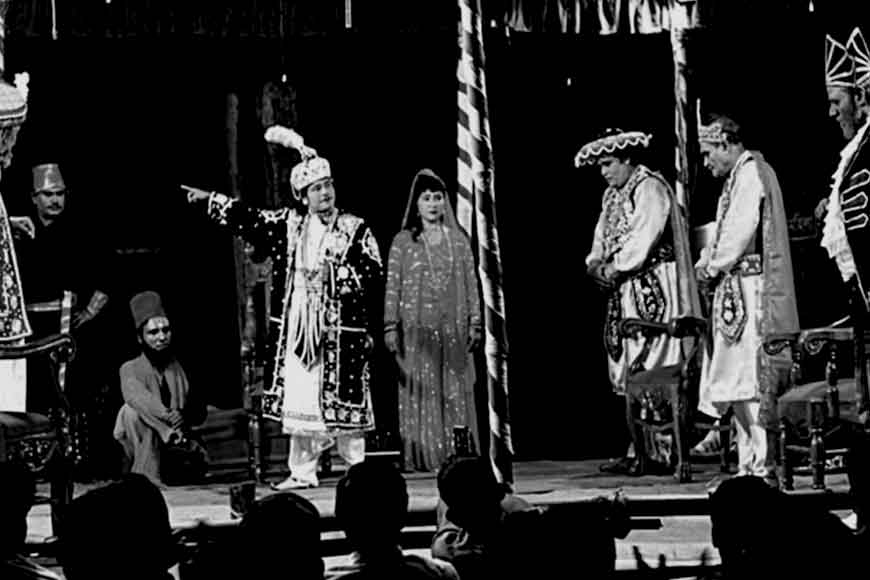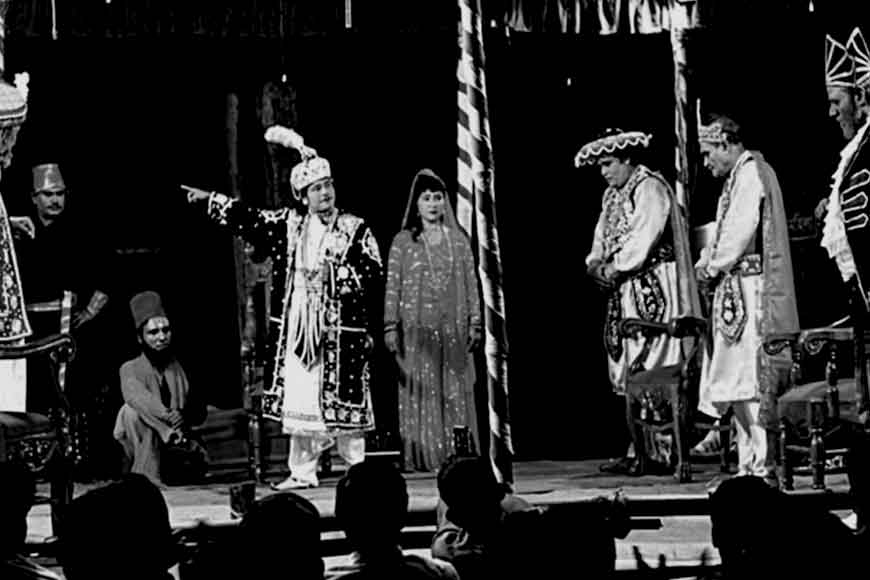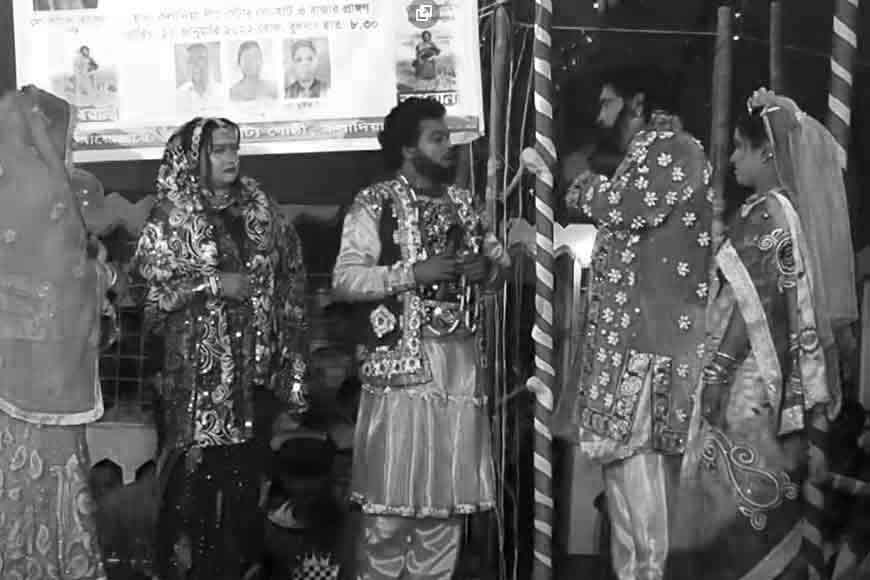Jatra: The fading melody of Bengal’s folk theatre - GetBengal Story

In the villages and towns of Bengal, before the cinemas and the television screens, there had always been a remarkable tradition called Jatra. People from the neighbouring villages would come and gather in the open air to see a two-or-three hour live event. Jatra is a folk theatre that involves elements of acting, singing, and dancing. It tells stories: stories selected from mythology, history, or social life—all designed to be thrilling performances full of music, drama, and emotion. It was not just a show to see—it was an event in the village that would bring the entire community together.

At its peak, Jatra attracted large audiences. Villagers looking for something to do anticipated announcements about the next show. Families would travel several miles to attend a production. Many people reminisced about participating in Jatra long after the performances were completed. Some of the best-known Jatras were Chand Sadagar, Nil Darpan, and Sati Lakshmi. Actors were regarded like rock stars. Each performance was distinct due to unique music, colorful costumes, and captivating performances. It was not just a performance; it was like a community holiday that celebrated life, culture, and community.
However, times have changed. The younger generation, especially Gen Z, exist in a completely different world. They dedicate more time to updating their mobile phones, social media, online videos, and video games. They prefer watching short fast entertainment as opposed to long live shows. Today, even fewer enjoy Jatra, and its influence is diminishing.
The modern Jatras have a new set of challenges. Sometimes politics gets in the way of the stories and themes, and there are new technical requirements such as microphones, lights, and stage screens that change the traditional form. Some people think these technical requirements take away from the old feeling of Jatra, while others say nothing is the same and it is time to modernize as a conclusion to survival. The majority of any Jatra groups now find it difficult to attract audiences and make enough money to redo their Jatras.
However, the heart of Jatra has not disappeared. In the villages and smaller towns, committed performers still train every day and night, wanting to keep the art alive and to move the hearts of every single audience member when they perform. Jatra, perhaps despite distractions, can remind people of their heritage, of stories that have lasted through time and generations and that emotionally bind communities.

Jatra may be struggling to survive, but it is more than entertainment. It is alive memory of Bengal, the heartbeat of its culture, and a treasury of its stories. If we let our hearts open up, and give it a chance, Jatra can still glimmer, inspire, and teach new generations the beauty of telling a story.











